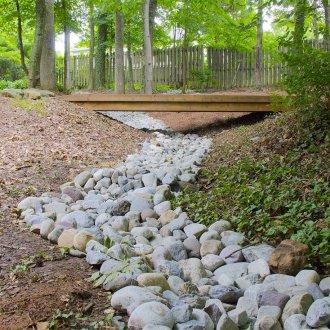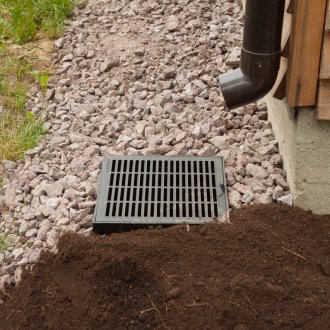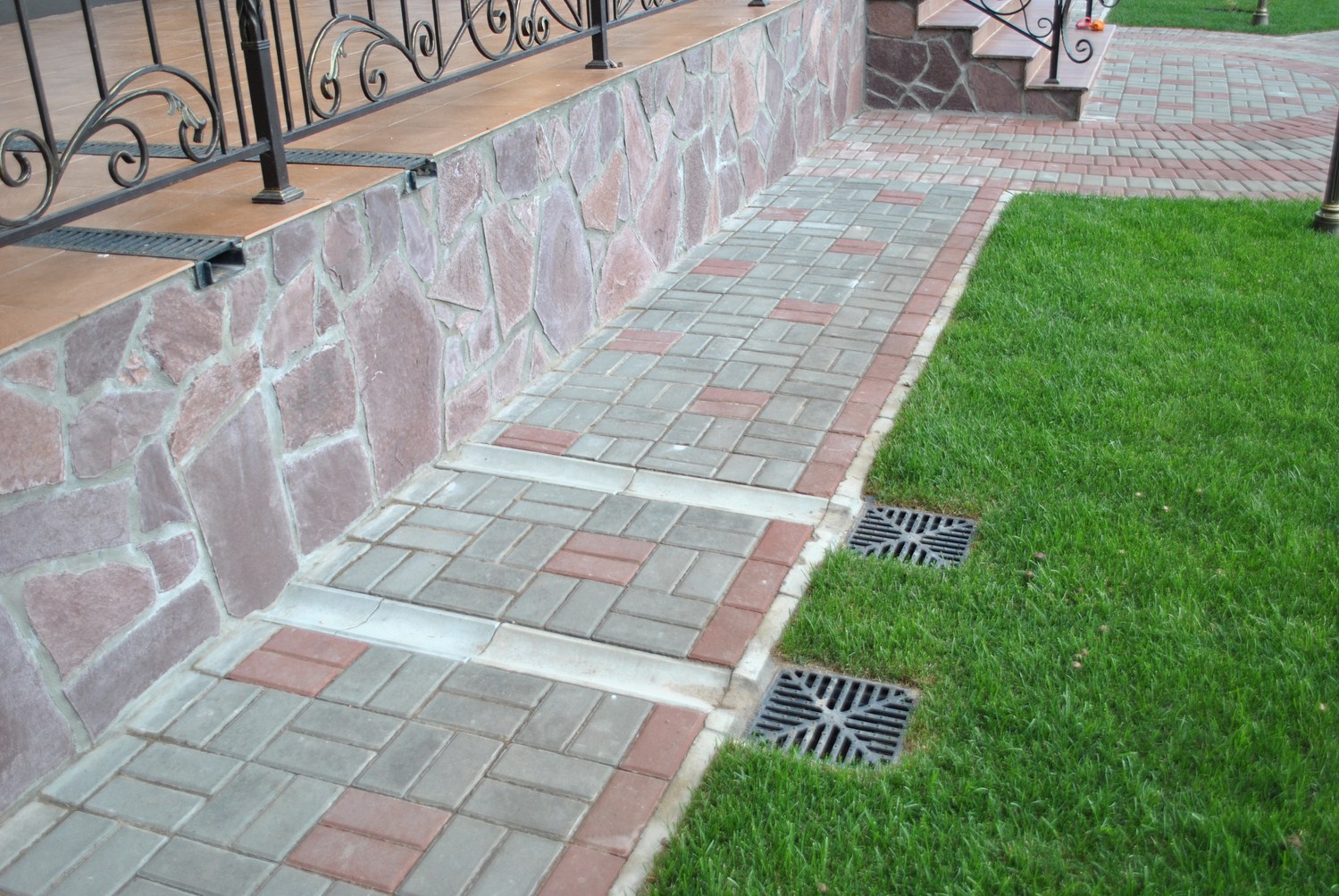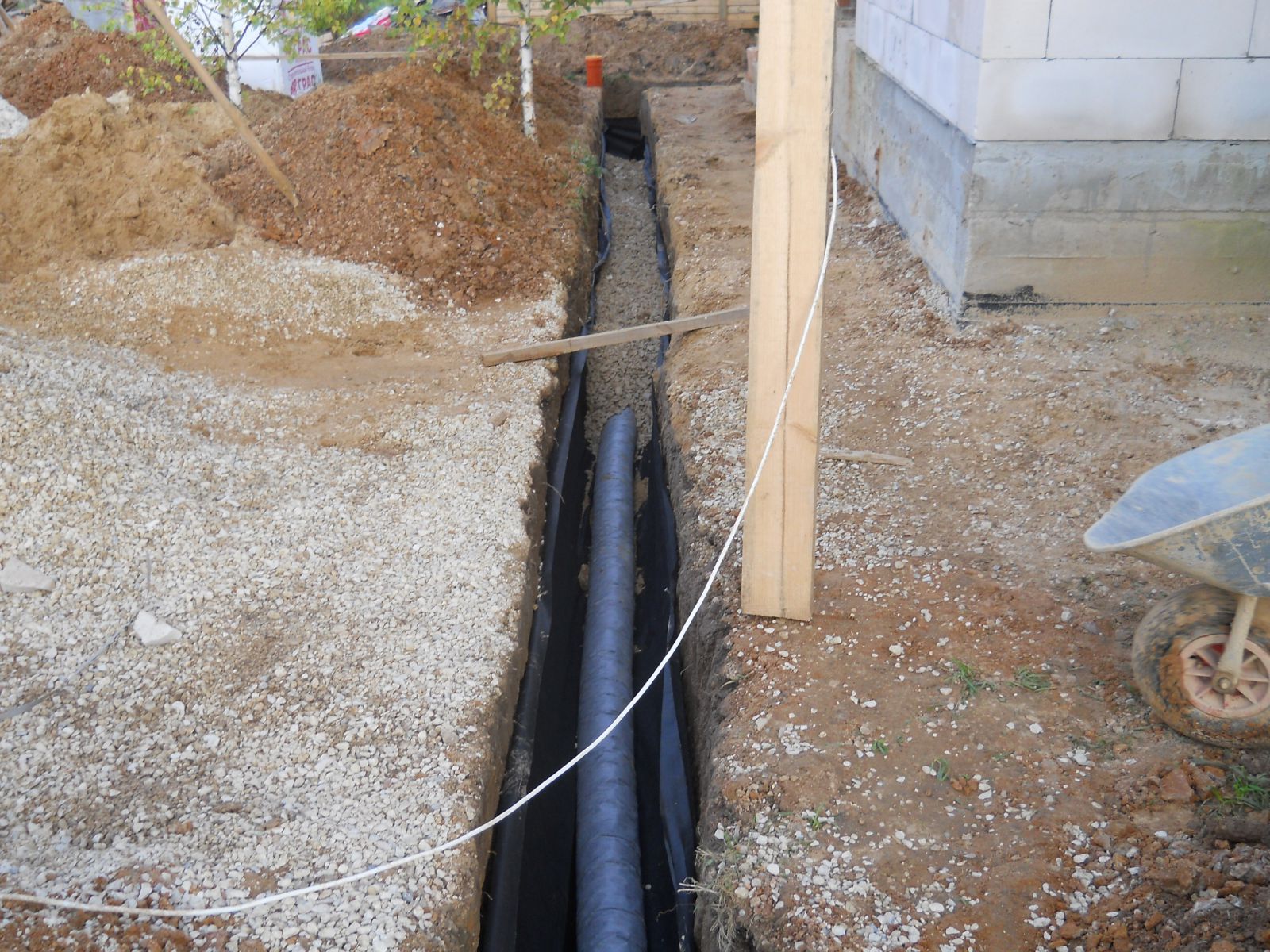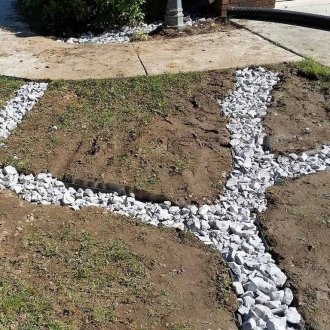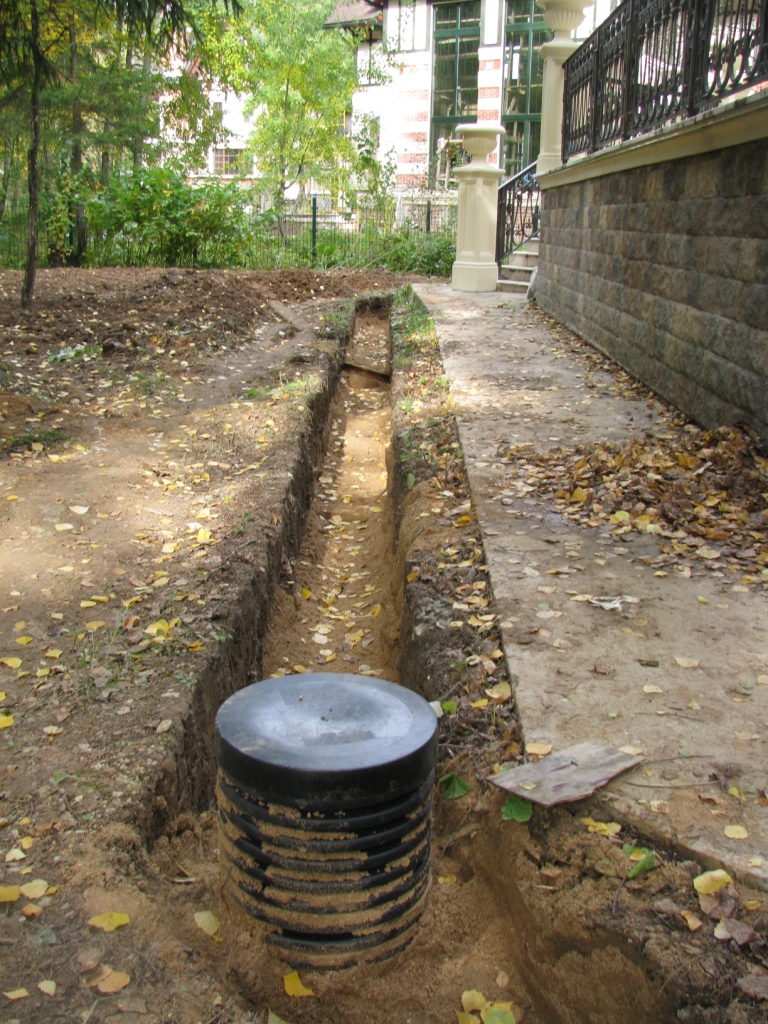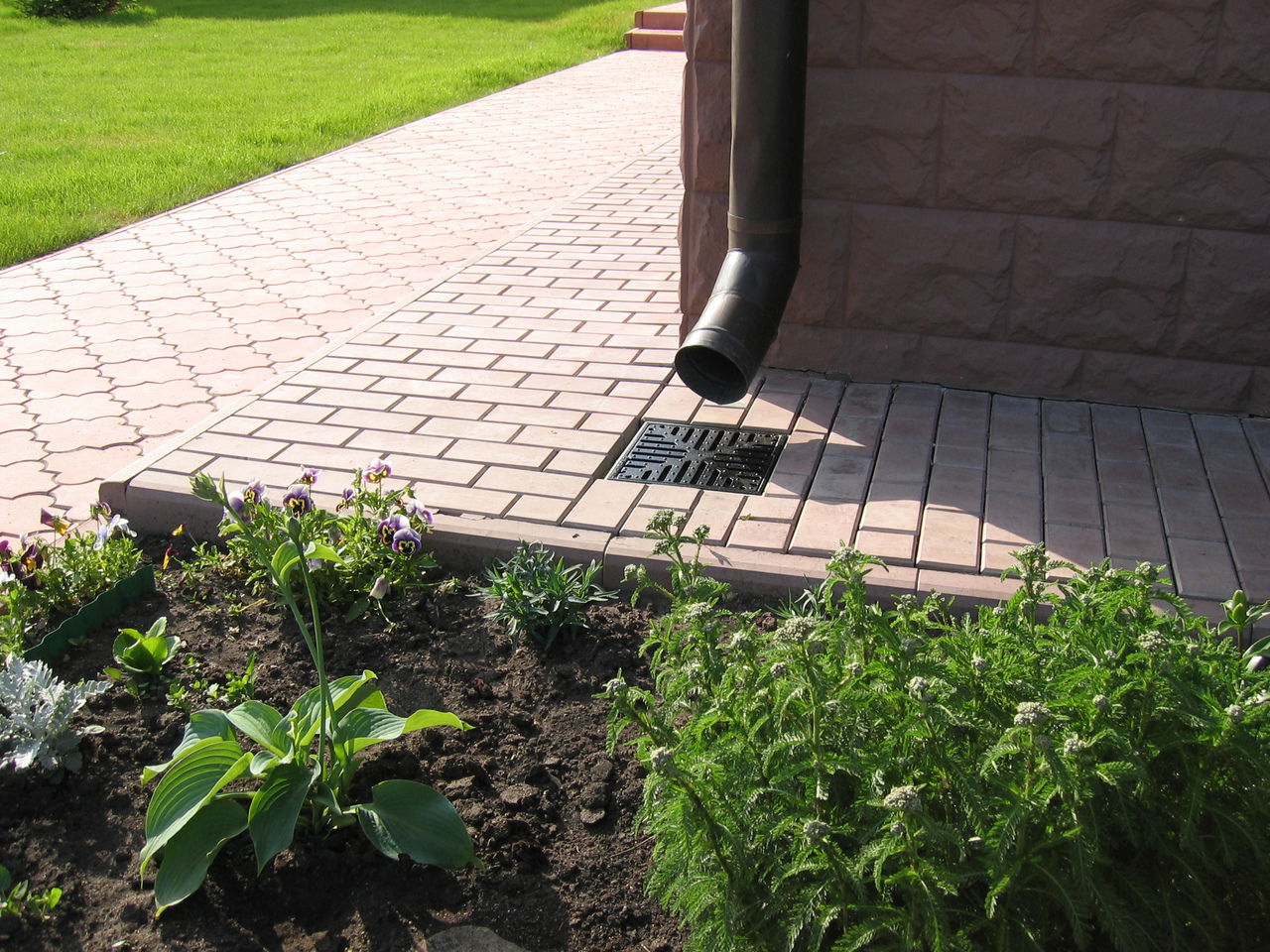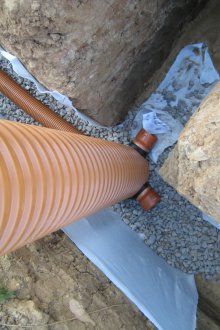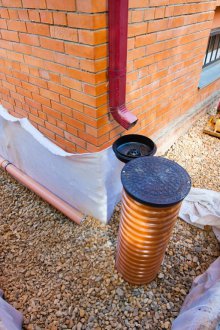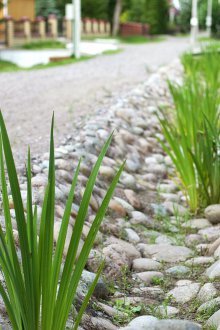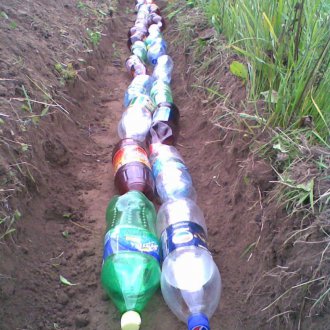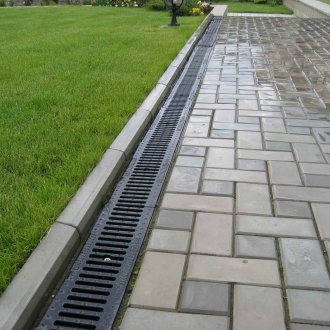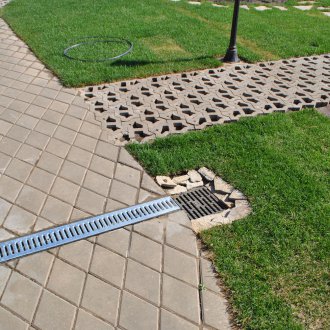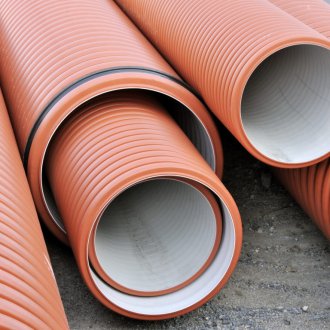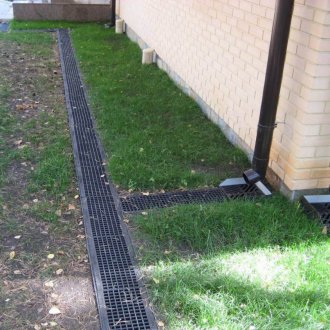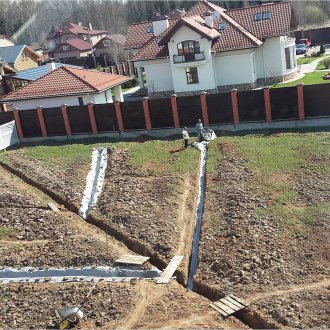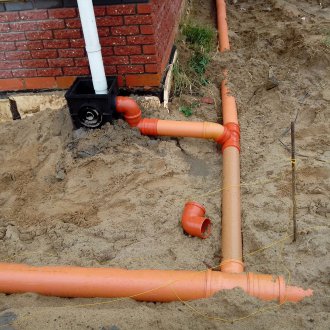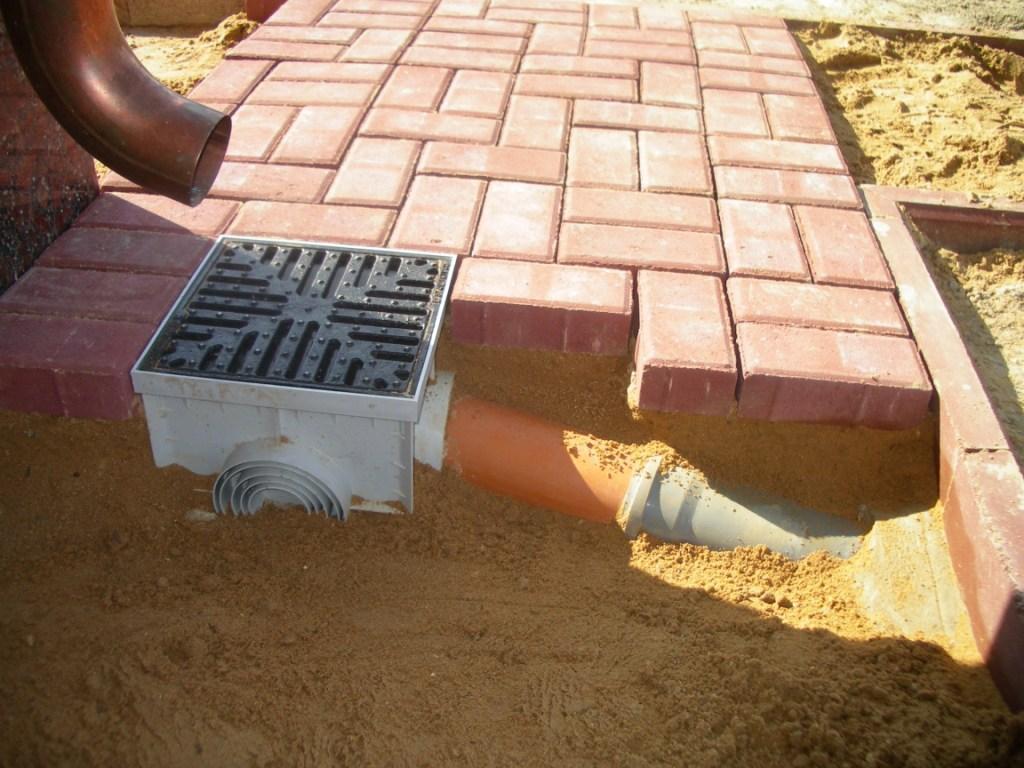Do-it-yourself country house drainage (20 photos)
Content
High-lying groundwater can create many problems for the owners of the land. The foundation of the house will be destroyed, constantly being in a humid environment. The soil will quickly become poorer, as the lighter humus will gradually wash out into the water, leaving heavy, infertile clay. The orchard will gradually die from drought, despite the fact that the roots of the trees are constantly in the water, since the groundwater is cold, it does not warm well even in hot summers and it is extremely difficult to absorb cold moisture from the roots of the trees. A water-saturated soil does not conduct air well and plants in it suffer from a lack of oxygen.
There are many more examples of the harmful effects of high groundwater on buildings and plantings, but one thing is clear - it is necessary to reduce the level of soil moisture. The drainage device will help to solve this problem. How to make drainage in a summer cottage?
Determine the level of groundwater
First you need to make sure that the problem really exists. A drainage system will be necessary in the following cases:
- The plot is located on a steep slope. During heavy rains, the upper fertile soil layer will erode if you do not dig transverse ditches to divert precipitation into the storm sewer.
- The site is located in a lowland and all rain and melt water flows to it. In this case, it will be necessary to install drainage channels along the perimeter of the site.
- The site is located on a plain from which water does not drain, but is slowly absorbed. In spring and in rainy periods, it can come to the surface.
If there are no obvious signs of a high level of groundwater, you still need to pay attention to whether the lawn is mowing, whether the trees are healthy. You can dig a small hole with a depth of 50-70 cm and check if there is water in it. It is also worth talking with neighbors and finding out the water level in the wells. If groundwater lies above one meter from the surface, a drainage is likely to be needed.
What is drainage?
Drainage is a system of canals for draining highly standing subsoil waters. Properly installed, it can significantly reduce the level of moisture in the soil. As a result, you can save the orchard, keep the foundation dry, forget the problem of water in the cellar and its standing on the site in the spring.
Types of drainage
If you are already convinced of the need for a drainage system, you need to decide which system will help solve this problem - superficial or deep.
Surface drainage at a summer cottage is the easiest way to lower the groundwater level. It is designed to drain melt or rainwater and is a system of trenches dug around the perimeter under a slight slope. In the lowest place, a water collector is arranged, from where it can be discharged into storm sewers or used for irrigation. Small volumes of water will simply evaporate.
An in-depth system for draining excess water is more complicated in the device, but more efficient. It should be selected in the following cases:
- if the site is located on a slope;
- if the soil is clay;
- if the groundwater level is very high.
Depth differs from the surface drainage system by the presence of pipes with holes for collecting water, wells and other technological elements.Depth drainage is a closed type and does not spoil the appearance of the site.
The device of deep drainage needs to be taken care of at the stage of building the foundation of the house and laying the garden.
Do-it-yourself country house drainage
The drainage system in the country can be done independently. Consider how to properly build a closed drainage system. First you need preparatory design work. In the project it should be noted:
- the location of all drainage channels;
- direction of water flow;
- arrangement of vertical elements - wells;
- the depth of the drainage pipes - drain.
In order for the system to effectively drain water, you need to carefully calculate the slope of the pipes. The rule is this: the minimum slope is one centimeter per linear meter.
After completing the design work, you need to think through and prepare the necessary tools and supplies. To lay the drain you will need:
- perforated pipes of suitable diameter;
- couplings and fittings for their connection;
- drainage wells;
- geotextile.
Pipes for drainage can be asbestos-cement, ceramic, polymer, or made of porous materials - expanded clay glass, plastic concrete. Water seeps through them through the pores.
Prepare the necessary tools in advance: shovels, wheelbarrows for the earth, a hacksaw, a building level. Also prepare gravel and sand.
Having prepared everything you need, you can begin the basic work. First you need to mark on the site the location of all elements of the system. Then excavation work will follow - you need to dig trenches around the perimeter of the site. Depth should be at least 70 cm, width - about half a meter. From time to time you need to check the amount of slope. Next, auxiliary trenches are dug and displayed to the wells.
The bottom of all trenches needs to be covered with sand and tamped, then lay geotextiles. Its edges should go on the sides of the trenches. Then pour crushed stone, lay pipes on top of it with drainage holes down. Pipes are covered with a second layer of rubble and the edges of the geotissue are wrapped. The result should be a design similar to a roll. Layers of sand, gravel and geotissue will protect the entire system from rapid siltation, allowing water to pass through all the layers without hindrance.
At the junction of pipes installed drainage wells. They have a collapsible design and are intended for inspection of the system and its cleaning. Wells are installed slightly below the level of the pipes. On top of the wells are closed with removable covers.
After laying the pipes and the device of the wells, you need to install the main drive - the collector well. Put him in the lowest part of the site. It can be made from reinforced concrete rings or bought ready-made from plastic. Water from the collector must flow into a body of water or storm sewer. It can also be used for watering.
After installing all the elements of the drainage system and checking its operability, you can start filling it up. Pipes can be hidden completely by bombarding them with earth and sod. At this point, you can subsequently plant flowers or garden crops. You can fill the pipes with marble chips, turning them into an element of landscape design. It is advisable not to cover the well covers for regular inspection and cleaning.
The drainage system is usually combined with a system for draining water from the roof of the house. To do this, a drain pipe is directed through a special gutter to the nearest drainage well or a storm water inlet is installed. It, like the well, has a removable lid for cleaning debris that could clog the system.
After the completion of landscape work, the installation of a closed drainage system can be considered completed. Properly installed, it will last a long time without repair and replacement of parts, because modern materials that are used in construction have a long service life and are not susceptible to decay or damage, even when constantly in a humid environment.
The drainage device in the summer cottage is easy. Some of the actions will seem laborious or too painstaking, but the result - a flowering garden and a dry house will delight you for many years.
